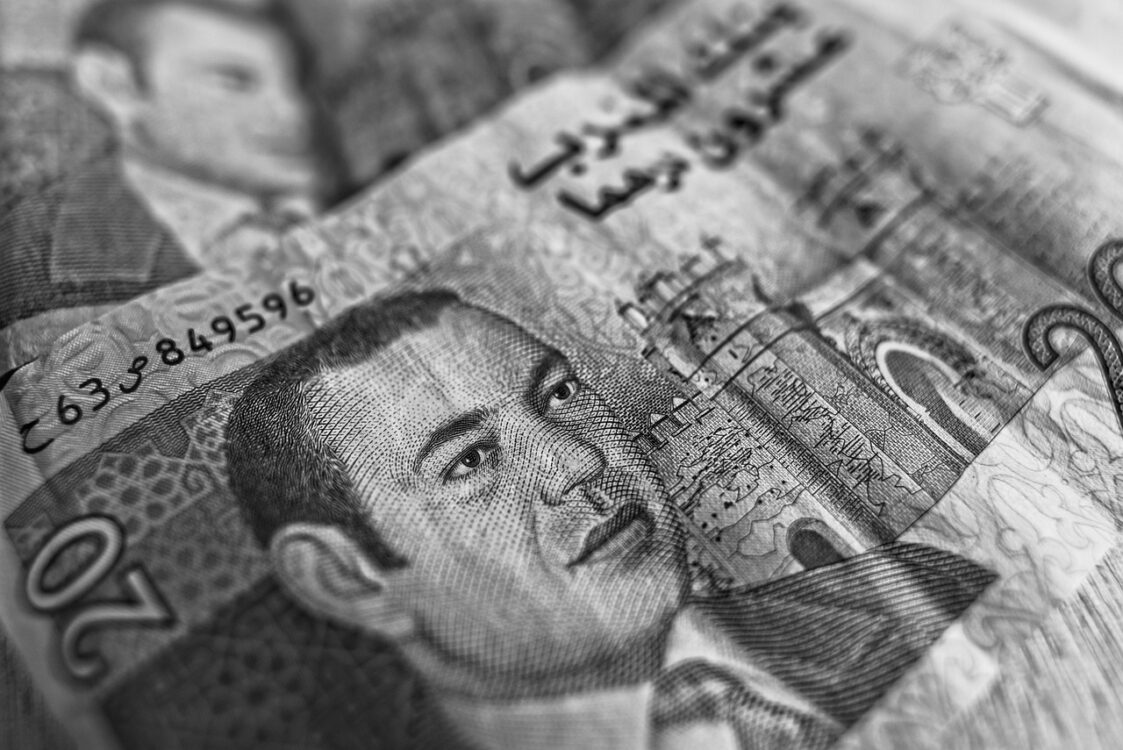
Sourcing products from China can be a financially rewarding endeavor, but it’s essential to calculate the true cost accurately to make informed decisions and maintain a healthy profit margin. The true cost of sourcing goes beyond the initial price of the product and extends to various expenses throughout the supply chain. In this article, we’ll explore how to calculate the true cost of sourcing products from China, helping you avoid hidden expenses and ensure a successful import operation.
1. Product Cost:
- The initial price you pay to the Chinese supplier for the product.
2. Shipping and Freight:
- Includes transportation, insurance, customs duties, and taxes. These costs depend on factors like shipping method, volume, and product type.
3. Quality Control and Inspection:
- Costs associated with inspecting products to ensure quality and compliance with specifications.
4. Packaging and Labeling:
- The cost of product packaging, labeling, and any special requirements for compliance with regulations.
5. Import Tariffs and Duties:
- Fees imposed by your country’s customs authority on imported goods.
6. Storage and Warehousing:
- Expenses related to storing products before distribution or sale.
7. Currency Exchange Rates:
- Fluctuations in exchange rates can impact the cost, especially if you’re dealing in different currencies.
8. Financing and Interest Costs:
- The cost of financing the import, including interest on loans or credit used for the purchase.
9. Marketing and Sales Costs:
- Expenses related to marketing, listing fees on e-commerce platforms, and advertising.
10. Compliance and Regulatory Costs: – Costs associated with ensuring that products meet regulatory standards in your country.
11. Return and Warranty Costs: – Provisions for potential product returns or warranty claims.
12. Legal and Administrative Costs: – Expenses related to contracts, import licenses, permits, and legal consultation.
13. Overhead and Operating Costs: – General business expenses like salaries, office space, and utilities that can be attributed to the sourcing operation.
14. Unforeseen Costs: – A buffer for unexpected expenses, such as delays, damages, or additional compliance requirements.
15. Currency Conversion Fees: – Costs associated with converting currency during transactions.
Conclusion:
Calculating the true cost of sourcing products from China requires a comprehensive analysis of all expenses involved in the supply chain. It’s essential to consider factors beyond the product price, such as shipping, quality control, import tariffs, storage, and even unforeseen expenses. Accurate cost estimation ensures that you make informed decisions, maintain profitability, and avoid costly surprises throughout the sourcing process. By meticulously assessing the true cost, you can navigate the complexities of international trade with confidence and financial prudence.